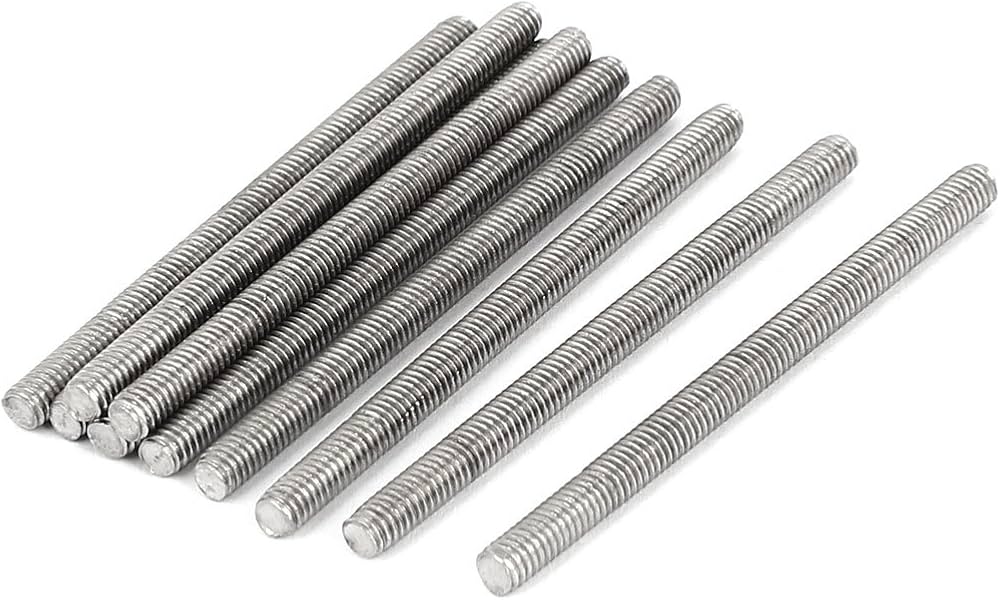Marine reinforcement systems must consider the unique challenges posed by saltwater exposure. Engineers and contractors on coastal projects must navigate complex material science principles while balancing performance requirements with project economics. The aggressive nature of marine environments demands reinforcement solutions that can maintain structural integrity throughout extended service periods. Saltwater presents multiple corrosion mechanisms that can rapidly degrade conventional steel reinforcement, including chloride-induced pitting, crevice corrosion, and galvanic reactions. If inappropriate materials are selected, these processes can compromise structural safety within years rather than decades. Choosing a suitable Tie Bar system for marine applications involves evaluating material properties, environmental conditions, and long-term performance expectations to ensure optimal structural durability.
Material properties and corrosion resistance
- A stainless steel alloy offers superior resistance to chloride-induced corrosion, with different grades providing varying levels of protection.
- The duplex stainless steels are particularly suitable for marine applications because of their high strength and corrosion resistance. These alloys provide twice the yield strength of standard austenitic stainless steels while maintaining superior pitting and crevice corrosion resistance in chloride environments.
- Carbon steel options with protective coatings present more economical alternatives for specific applications. Hot-dip galvanizing provides sacrificial protection through zinc coating, while epoxy-coated systems create barrier protection against chloride penetration. The selection between these options depends on expected service life, maintenance accessibility, and project budget constraints.
- Fiber-reinforced polymer alternatives eliminate metallic corrosion concerns while providing excellent tensile strength. These materials resist all forms of electrochemical corrosion but require careful consideration of thermal expansion characteristics and long-term creep behavior under sustained loading.
Exposure classification
- Accurate marine environment assessment enables proper material selection based on expected exposure conditions. The American Concrete Institute and other organizations provide exposure classification systems that categorize marine environments based on chloride concentration, temperature ranges, and exposure duration.
- Submerged conditions present challenges different from splash zones or atmospheric exposure above high tide lines. Continuous immersion typically reduces oxygen availability, slowing specific corrosion processes, while splash zones experience alternating wet-dry cycles that accelerate corrosion through repeated chloride concentration and dilution.
- Water temperature affects corrosion rates, with warmer tropical waters generally causing more aggressive conditions than temperate climates. Seasonal temperature variations create thermal cycling that can stress protective coatings and affect material performance.
- Biological factors, including marine growth, bacterial activity, and biofouling, can influence local chemistry and create conditions that accelerate corrosion. Sulfate-reducing bacteria in anaerobic marine sediments produce hydrogen sulfide that can cause rapid deterioration of certain materials.
Performance testing
- Field exposure testing in actual marine environments provides the most reliable performance data but requires extended timeframes to develop meaningful results. Test specimens exposed at representative sites can validate laboratory predictions and identify unexpected performance issues.
- Quality control during manufacturing and installation ensures that selected materials meet specified performance requirements. Material certification documents, chemical analysis reports, and mechanical property testing verify compliance with project specifications.
- Proper installation techniques preserve the corrosion resistance properties of selected materials. Damage to protective coatings during handling and installation can create corrosion initiation sites that compromise long-term performance regardless of material selection quality.
Successful marine tie bar selection requires a comprehensive evaluation of material properties against specific environmental conditions and performance requirements. Integrating appropriate materials with proper installation and quality control practices ensures reliable structural performance in challenging saltwater environments. Regular monitoring and maintenance programs help validate selection decisions and identify potential issues before they compromise structural integrity.




